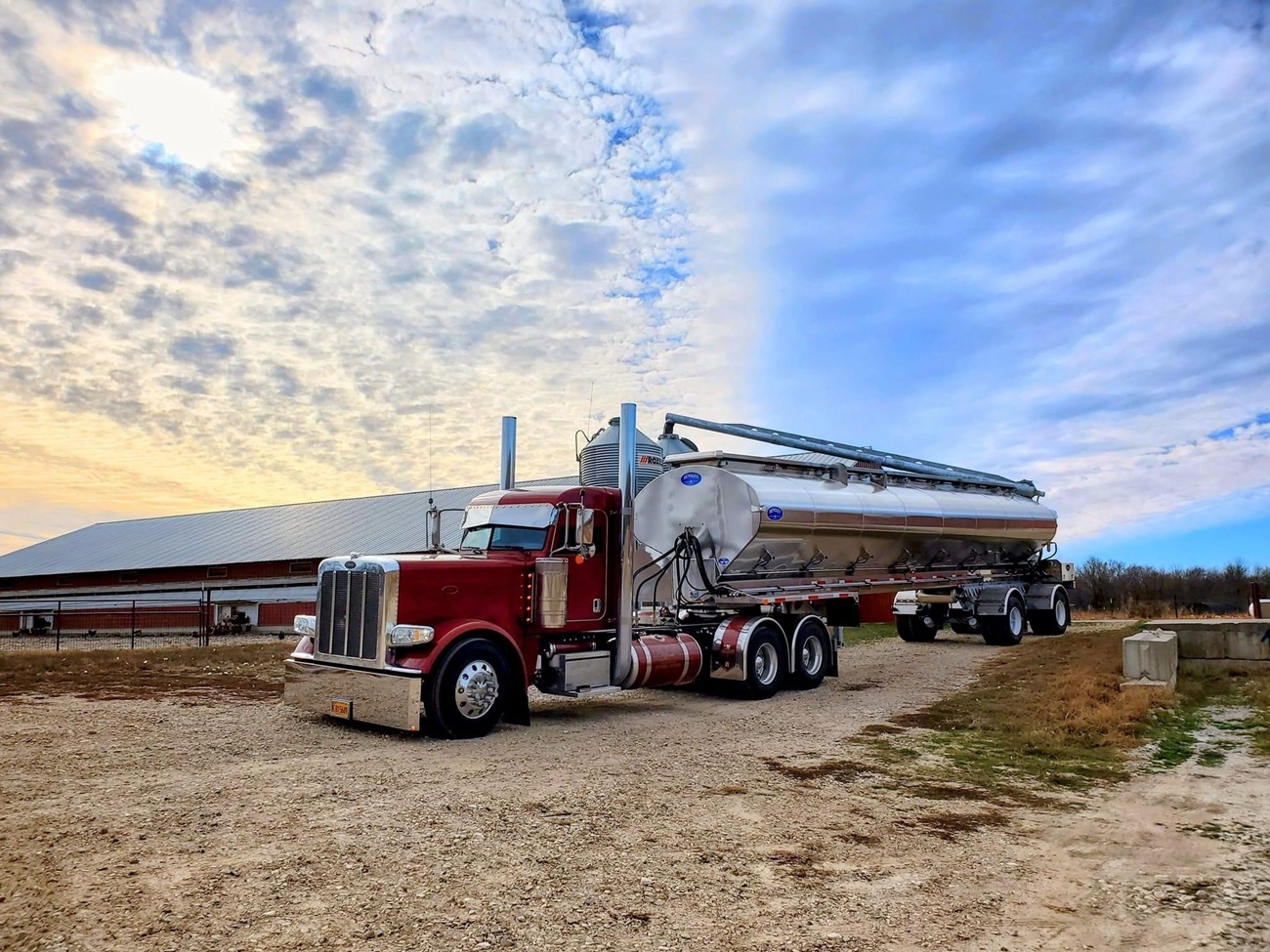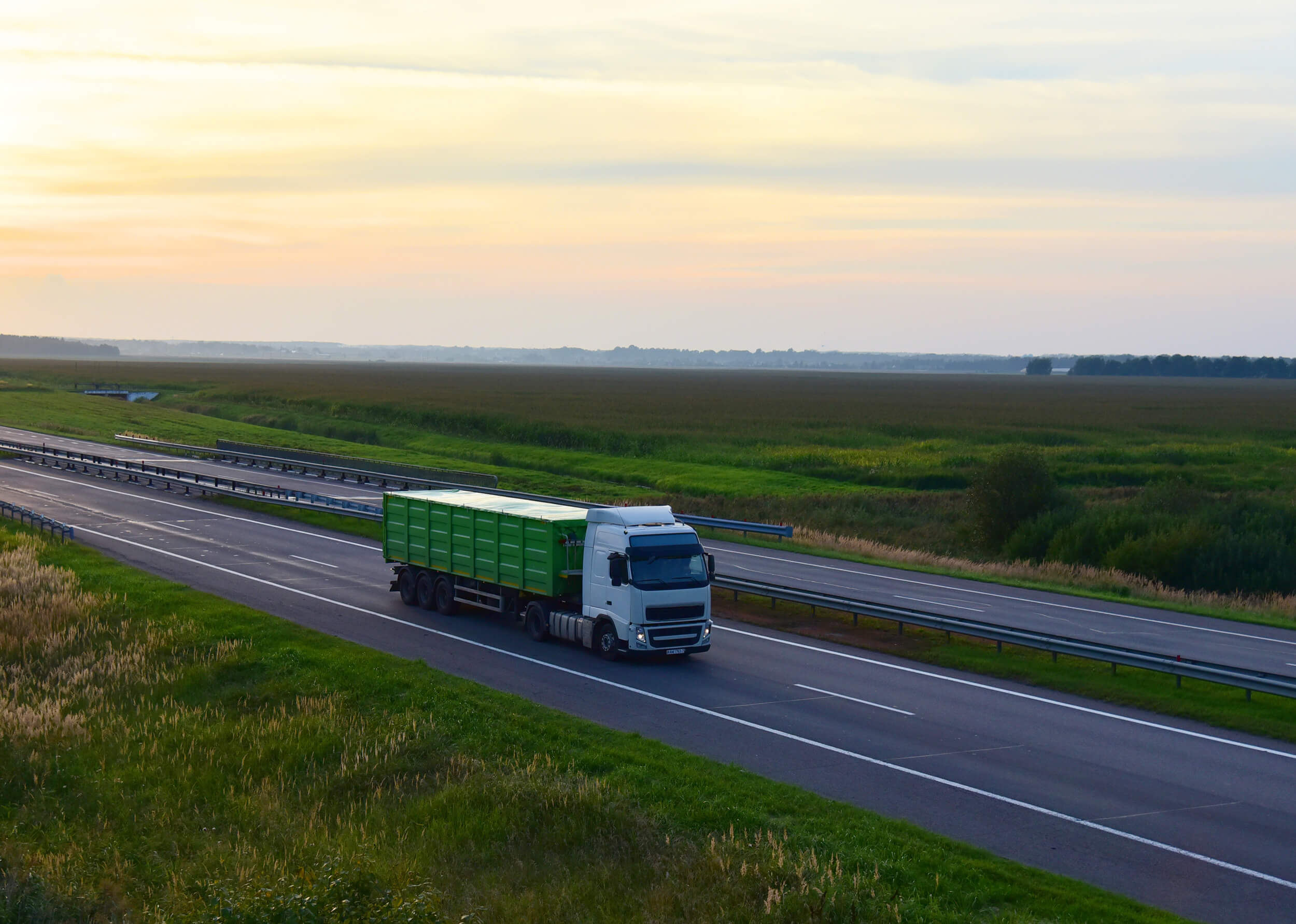Agriculture is the backbone of many economies worldwide, yet its logistics challenges often
hinder efficiency and profitability. From ensuring timely delivery of perishable goods to managing
costs and optimizing routes, agricultural logistics requires precise planning and execution.
Fortunately, technology offers innovative solutions to overcome these challenges, enabling
smoother operations and improved outcomes.
The Major Challenges in Agriculture Logistics
One of the biggest hurdles in agriculture logistics is the perishability of many products. Fresh
produce, dairy, and other goods often require rapid transportation and temperature-controlled
environments to maintain their quality. Without proper logistics, spoilage and financial losses
can quickly occur.
Rising transportation costs also weigh heavily on the industry. Fluctuating fuel prices, labor
shortages, and vehicle maintenance expenses make it difficult to keep logistics affordable,
especially for businesses operating on slim profit margins.
Route optimization presents another challenge. Delivering products often involves navigating
rural areas with poor infrastructure or unpredictable road conditions. Inefficient routing leads to
increased fuel consumption, delays, and higher costs.
Seasonal demand fluctuations further complicate logistics. Agriculture operates on a cyclical
schedule, and businesses must scale up operations during harvest periods. Without flexibility,
these surges can overwhelm logistics systems.
Additionally, many agricultural operations lack real-time visibility into their supply chain. Tracking
shipments, monitoring conditions, and responding to delays are nearly impossible without the
right tools in place.
Finally, compliance with food safety standards and transportation regulations adds complexity to
logistics. Managing documentation and meeting stringent requirements without automated
systems can be time-consuming and error-prone.
How Technology Can Solve These Challenges
Technology is revolutionizing agriculture logistics by addressing these pain points. For example,
route optimization tools analyze traffic patterns, road conditions, and delivery windows to
determine the most efficient paths. This reduces fuel consumption and ensures timely deliveries.
Real-time tracking systems offer visibility into every stage of the supply chain. With GPS and IoT
sensors, logistics managers can monitor vehicle locations and product conditions, making it
easier to reroute shipments or address issues before they escalate. For perishable goods,
IoT-enabled sensors maintain and monitor temperature levels during transit, preserving
freshness and quality.
Digital load planning and dispatching systems streamline scheduling, ensuring trucks are fully
utilized and minimizing wasted trips. These tools also simplify driver communications, especially
when paired with mobile applications that provide updates, task lists, and direct messaging
capabilities.
Predictive analytics takes logistics planning to the next level. By analyzing historical data and
current trends, businesses can anticipate seasonal demand, optimize inventory, and make
data-driven decisions that improve efficiency.
Technology also helps with compliance. Automated systems track regulatory updates, manage
required documentation, and ensure every shipment adheres to food safety and transportation
standards.
How We at Aurora AG Are Solving These Problems
At Aurora AG, we understand the unique challenges agricultural businesses face. That’s why
we’ve developed advanced logistics solutions designed to make your operations more efficient
and cost-effective. Our load planning and dispatching tools help you maximize truck utilization
and reduce unnecessary trips. By optimizing your logistics, we ensure you save both time and
money.
Our real-time tracking systems give you complete visibility into your supply chain. With instant
updates on shipment locations and product conditions, you can make informed decisions and
address potential issues before they impact your bottom line.
Wealso offer mobile applications for drivers, allowing them to stay connected, receive updates,
and complete tasks without the hassle of paperwork. This not only improves communication but
also enhances overall efficiency.
Finally, our predictive analytics tools help you plan for the future. Whether you’re preparing for a
busy harvest season or looking to cut costs, our solutions provide the insights you need to make
smarter decisions.
The Benefits of Embracing Technology in Agriculture Logistics
Adopting technology in agriculture logistics leads to tangible benefits. For one, it significantly
reduces costs by cutting fuel consumption, optimizing routes, and eliminating inefficiencies.
Real-time tracking and monitoring improve product quality, ensuring goods arrive fresh and in
peak condition.
Technology also brings scalability and flexibility to logistics operations. Whether managing
seasonal surges or expanding to new markets, automated systems make it easier to adapt.
Plus, with data-driven insights, you’ll have the information you need to continuously improve and
stay ahead of the competition.
Agriculture logistics is full of challenges, but technology provides the tools to overcome them. By
adopting solutions like route optimization, real-time tracking, and predictive analytics, you can
transform your logistics operations and improve your bottom line. At Aurora AG, we’re here to
help you navigate these changes and achieve greater efficiency. Together, we can ensure your
products reach their destination on time, every time.



